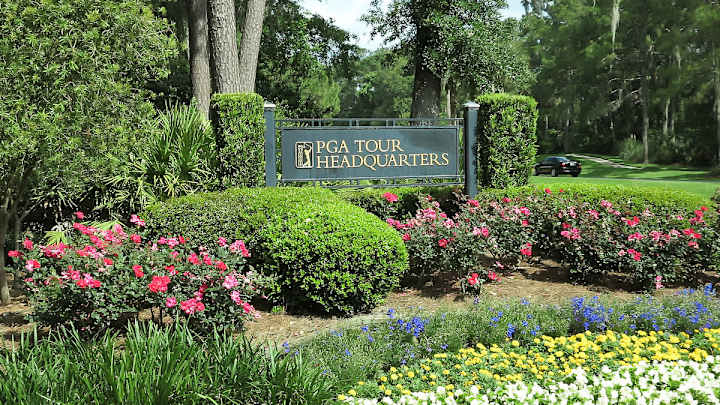PGA Tour takes painful but prudent course

Lost amid the coverage last week of the PGA Championship in San Francisco were dozens of layoffs at PGA Tour headquarters across the country in Ponte Vedra Beach, Fla.
According to sources, 40-50 staffers among nine departments at the PGA Tour had their jobs eliminated as a cost-cutting move because of reductions in revenue related to the global coronavirus pandemic.
Commissioner Jay Monahan, in a video address to his staff, said the negative impact on revenue without spectators and hospitality income since play resumed in early June and projected through the end of the year will total more than $90 million.
At the same time, the Tour must shoulder the unbudgeted expense of implementing a health-and-safety program, which further erodes the bottom line.
The PGA Tour, with more than 1,000 employees worldwide, is a big business, with the primary job of providing playing opportunities for its members, e.g., the guys whom you watch on TV.
Within days of the Tour’s suspension of play March 12, Monahan agreed to forgo his salary, which was $3.9 million, including bonuses and incentives in the Tour’s latest available tax filing, from 2017. Other top officials took salary cuts, too, but that fiscal discipline was not enough to offset the massive drop in income. Thus, as with any chief executive at a big company, Monahan needed to take further reductions in expenses. The Tour reportedly did not accept federal money under the Paycheck Protection Program that was designed as a direct incentive for businesses to keep workers on the payroll.
It would be easy for cynics to point at the massive new headquarters building under construction in Ponte Vedra Beach, which will consolidate the 17 buildings that house Tour employees, and ask why that project can’t be halted to save money.
The 187,000-square-foot, $65 million building, which is scheduled to be finished by the end of the year, was designed as an adaptive office space, with an open-concept approach that will give 700 employees a better working environment.
According to sources, a halt in construction would cost the Tour more money than it would take to finish the project.
So, why jettison so many employees and not reduce the tournament prize money? As at many other big companies, moving money from one area to another can be difficult. At the tour, each tournament contract spells out how much the purse will be worth, with incremental raises often part of the contract.
Even if the purses were to be reduced, any savings likely would return to the sponsor, which pays a large percentage of the prize money. But what sponsor would want to reduce a purse and potentially damage the depth and quality of the field?
At the same time, TV networks have experienced a surge in viewership as more Americans stay home to avoid the virus and, in many cases, work. A reduction in prize money and a corresponding erosion of the talent level at tournaments could challenge that rebirth of viewership.
It’s not unprecedented for the PGA Tour to reduce headcount during tough economic times. It happened as recently as 2008, during the Great Recession, when the Tour also cut staff while maintaining its weekly schedule of events without reducing purses.
Monahan also indicated in his video address that the PGA Tour has had to draw down significantly upon its reserves to sustain and preserve tournaments, which is the organization's lifeblood.
It might seem easy to question the PGA Tour and its decision to reduce nearly 5 percent of its staff, but as with any big company, the employer must use a variety of tools to survive. A reduction of staff, just as with a reduction of salaries among the leaders, was one of the tools in the pandemic toolbox.
Sign up to receive the Morning Read newsletter, along with Where To Golf Next and The Equipment Insider.
